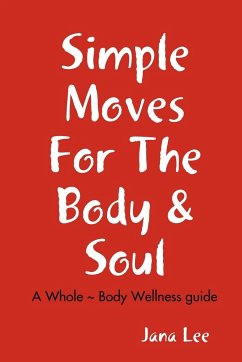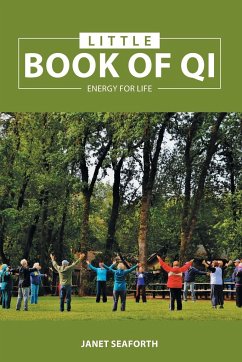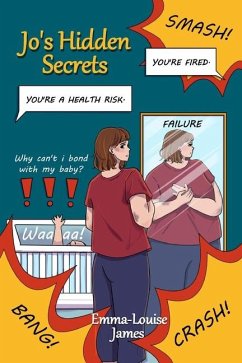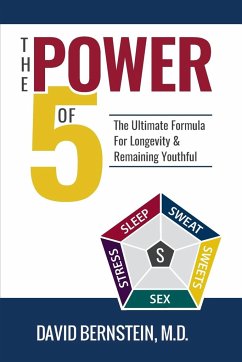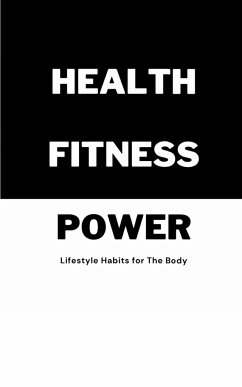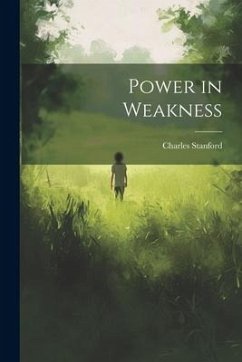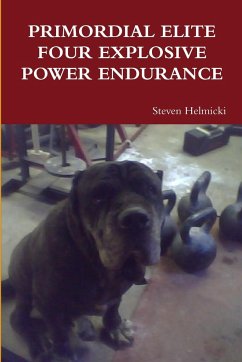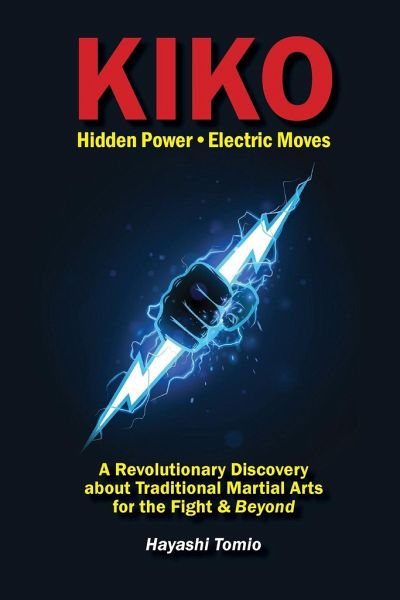
KIKO, Hidden Power-Electric Moves
A Revolutionary Discovery about Traditional Martial Arts for the Fight & Beyond
Versandkostenfrei!
Versandfertig in 1-2 Wochen
16,99 €
inkl. MwSt.

PAYBACK Punkte
8 °P sammeln!
This work is the result of thirty years of observations about the function and behavior of Ki (vital energy) in traditional martial arts. Master teacher, Hayashi Tomio, author and Buddhist monk, with over a half-century of teaching experience, leads readers into the extraordinary realm of internal martial practice with a revolutionary perspective that the effortless power derived from proper Ki technique may be the result of human's ability to control their bioelectric field as a signaling mechanism to charge their musculature for impressive gains. Hayashi lays out the amazing Ki principles an...
This work is the result of thirty years of observations about the function and behavior of Ki (vital energy) in traditional martial arts. Master teacher, Hayashi Tomio, author and Buddhist monk, with over a half-century of teaching experience, leads readers into the extraordinary realm of internal martial practice with a revolutionary perspective that the effortless power derived from proper Ki technique may be the result of human's ability to control their bioelectric field as a signaling mechanism to charge their musculature for impressive gains. Hayashi lays out the amazing Ki principles and techniques embedded in most traditional forms. Electrifying your practice takes on literal meaning. Through the Kiko lens Hayashi answers many longstanding questions about the traditional martial arts such as the untold reason why martial artists are told to keep their knees precisely bent, to crescent their step, to bend their wrist during certain parries, to make certain tonal sounds, to breathe deep into the belly, to stomp their foot, lift their heel, or turn the feet inward or outward in various postures, or to pause at certain points in a kata. Learn about the startling distinctions between open and closed hand moves, why katas should start in a specific cardinal direction, why the arms should or should not cross with certain limb configurations, why turns in a kata are often 45 or 90 degree angles, why duration; the amount of time expended during strength moves, exerts an unusual influence on body-generated power, why certain tonal kiai's are made in kata, why moves done in sets of two or three should not be identical. Learn how to increase both your speed and punching power. Learn about the hidden effects of using certain weapons. For instance, a long or short bo (staff) has a Yin and Yang end. A steel blade can cut meridians without contact. Sai act like lightning rods drawing Ki into a user's body, how simple visualizations can double your strength or make a lock placed upon you difficult to achieve, how redirecting your Ki can seal against pressure point strikes, how everyone possess a unique energy signature-and more.





